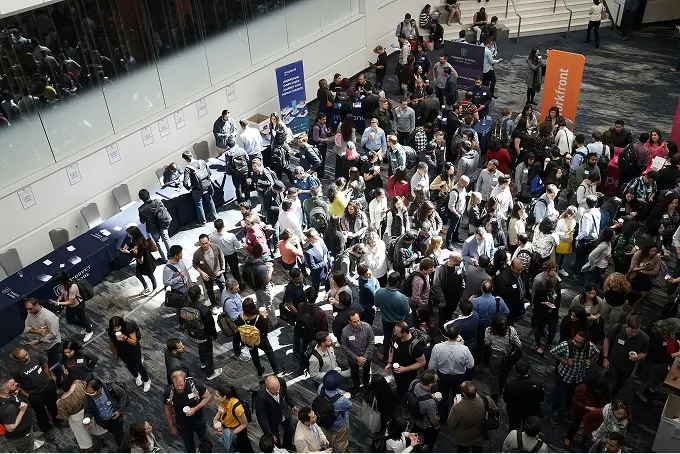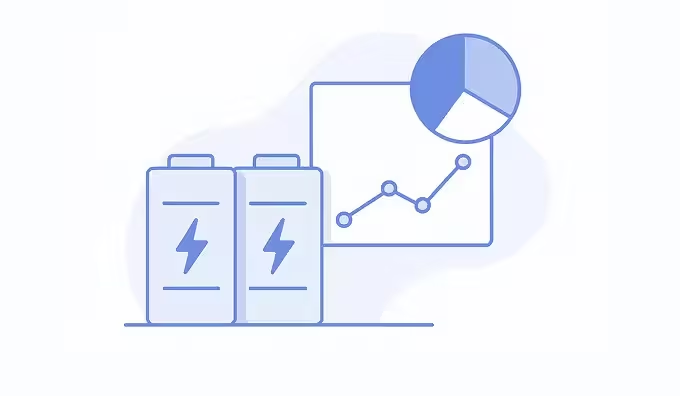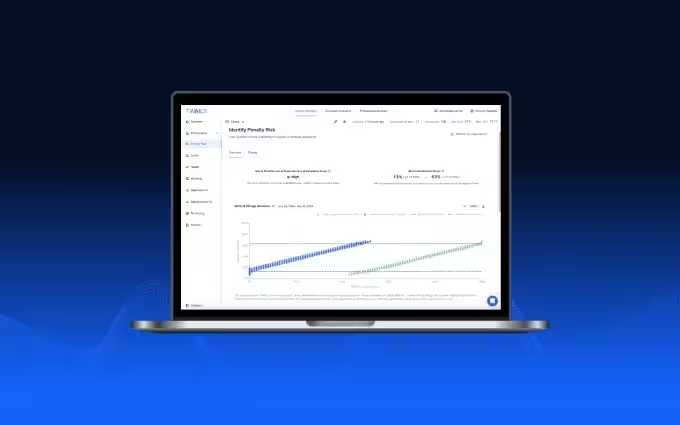Seven Learnings From Seven Years of TWAICE
When we started TWAICE in 2018, the battery storage market was promising but far from certain. Seven years later, the landscape has changed dramatically. Batteries have become a cornerstone of the energy transition, and with that growth has come new complexity, new expectations, and entirely new opportunities. We’ve grown alongside the market—learning not just how to build better analytics and smarter software, but how to lead, focus, and earn trust in a fast-moving, high-stakes industry. These are the lessons that have shaped how we work, what we build, and how we think about the future.

Here are seven hard-earned insights from seven years of building at the heart of the battery revolution.
1. Bet on Long-Term Trends, Not Market Cycles
Battery markets (like most tech-driven industries) are inherently cyclical. Regulatory shifts, supply chain bottlenecks, or funding slowdowns are inevitable. But what matters most is staying ahead of and capitalizing on structural shifts shaping the future: electrification, decarbonization, and rising energy demand.
We’ve always built with those forces in mind, even when the market was uncertain. Looking back, that long-term conviction has paid off. The lesson? Don’t let short-term noise distract from long-term opportunities.
2. As Battery Storage Scales: Data Is Everything
Battery energy storage has gone from a question mark to a cornerstone. Back in 2018, global capacity sat at just 9 gigawatts, and many still questioned whether batteries would play a big role in the energy transition. Fast forward to 2025, and that uncertainty is gone: global capacity is on track to experience a more than 30-foldincrease to reach 303 gigawatts. But rapid growth brings added complexity. Unlike solar panels or wind turbines, batteries are highly dynamic systems that generate billions of data points every single day. And that data is the key to making these systems smarter, more reliable, and longer lasting.
In BESS, success doesn’t come from hardware alone. It depends on an operator’s ability to capture the right signals, make sense of them quickly, and act before minor performance issues turn into major failures. In an industry defined by scale and speed, data isn’t just a byproduct of battery storage—it’s the most powerful asset.
3. Keep Growing With the Market
As the battery energy storage market has grown, so have its demands. Today’s BESS projects are not only larger but significantly more complex, both technically and commercially. In our seven years in the industry, we’ve learned that real impact comes from growing with the market, not just reacting to short-term pain points. As BESS projects evolve, so do expectations. Owners and operators increasingly seek tools that give them a holistic view: monitoring KPIs, anticipating degradation, tracking warranties, and optimizing availability – all at a system-level, not just at the cell or module level.
4. Play the Long Game
Progress in deep tech is rarely linear. Building something meaningful takes years of investment into infrastructure, people, trust, and scientific depth.
It’s not about chasing hype cycles or headlines. It’s about staying the course long after others have moved on. You have to show up consistently, adapt, and keep building, even when the rewards are distant. That’s how breakthroughs happen!
5. Product Market Fit Is a Process, Not a Moment
Product-market fit isn’t a one-time event; it’s an ongoing loop of feedback, iteration, and execution. Our best ideas didn’t come from brainstorming sessions but from listening to customers, understanding their pain, and moving quickly to solve it. In fact, many of our strongest features were born directly from real-world challenges. For example, when customers struggled with availability issues, we built the Performance Manager to increase uptime and automatically identify root causes.
6. Speed Comes From Saying "No"
Speed isn’t about working more, it’s about working on fewer things that matter. We’ve learned that every "yes" comes at the cost of another priority. Speed is the result of clarity and focus in strategy, product, and execution.
7. Trust Is Our Most Valuable Asset
Whether it's customers trusting our product, investors trusting our vision, or team members trusting their leaders, everything we build depends on that foundation. In hard moments, trust is often the only thing that truly matters. But trust isn’t a given. It’s earned daily through consistency, transparency, and ownership. When it’s there, it accelerates everything from decision-making to growth.
Interested in what we do at TWAICE? Join our live demos!
Sign up for the next live group demo and learn how TWAICE can transform your BESS operations. In just 30 minutes, you’ll get a demo of key features and use cases, and engage with our product experts for a live Q&A.


.avif)
.avif)

